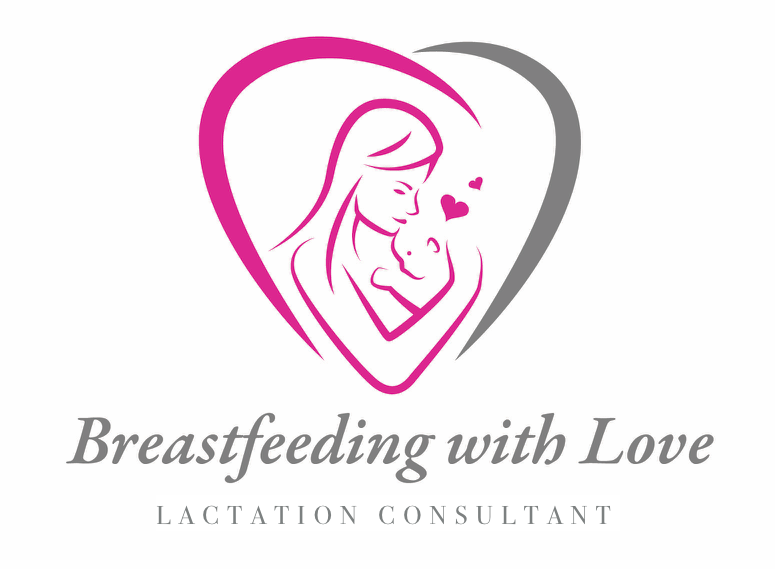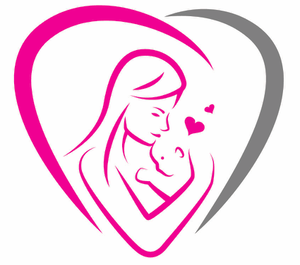Breastfeeding A Preemie
"I was so frightened to hold my preemies and could not understand how I was going to breastfeed them because they were so tiny. Betty Greenman helped me breastfeeding my two preemies. They were both under five pounds when they came home. She helped each one individually. Because of her guidance, they are growing nicely." Tracy G.
I specialize in helping new moms breastfeed their preemie with extra loving care.
Women who deliver preterm babies have breast milk that has a higher level of energy, lipids, protein, nitrogen, fatty acid, some vitamins, and minerals. In fact, your body automatically produces breast milk just for your preemie. Preterm milk also has higher factors of immune factors that protect the preemies. Fat in breast milk provides half of the calories. Preterm breast milk is higher than that of full-term breast milk, owing to a 30% higher fat concentration (Atkinson, Anderson and Bryan, 1980). The fat concentration of breast milk changes throughout breastfeeding. Actually, fat content increases when the breast is empty (Dalyet, 1993). Lactose, a disaccharide, is the most major carbohydrate in human milk. The high quality of protein in human milk and its precisely balanced quantity meet the energy needs of infants (Gaull 1985; Raina, 1985). Furthermore, breastfeeding a preemie can improve his neurological development.
Unfortunately, there is a rising rate of prematurity mortality and morbidity for many preemies. However, when they are fed their mother’s breast milk, the rates decrease. Depending on how early the baby is born his or her organs may not be completely developed and may have to stay in the NICU until it can breathe and eat on its own. A breast pump that is a hospital-grade is the right choice for a mother who wants to breastfeed her preemie. At first, the mother will have to learn to pump her breasts until the baby is strong and healthy enough to latch on. This may take days, weeks or even months. Until then, your breast milk can be given from a gavage tube, a tube that goes directly to the stomach. I remember the nurses doing this for my preemies.
Pumping as soon as possible after birth is very important. A mother will need to pump at least for five minutes on each side every 2 to 3 hours. By pumping the breasts, will help establish a good milk flow and keep the breasts empty. So many good antibodies are passed along to these babies by their mother’s breast milk and therefore, they have a better survival rate. Some NICUs have mothers practice nonnutritive sucking at an empty breast. This means the baby is sucking at the mother’s breast but nothing is coming out. This helps the mother observe their baby and begin to get a feel of the baby’s making signs for feeding readiness.
Once the baby is able to breastfeed, a mother needs to realize that her baby may be weaker and therefore needs a little extra support around the neck. Therefore, the mother should place her hand behind the baby's neck and her index finger and thumb lightly over the ears. This will help support the baby during breastfeeding sessions until the baby grows a little stronger. Then you can stop supporting the neck for your baby.
Kangaroo Care or Skin to Skin Contact
Kangaroo Care or skin-to-skin contact is a special way to hold your baby skin to skin upright between your breasts. This care has been shown to help babies cry less and latch onto the breasts sooner. Skin to skin helps initiate breastfeeding sooner. Skin-to-skin contact after birth is ideal. Your baby should remain skin to skin until after your first breastfeeding session. Skin to skin helps maintain a baby’s body temperature. When a NICU baby is well enough to come out of the isolate, this is very beneficial for the baby. Fathers can also hold the baby to their skin. Parents become more attached to their babies using skin-to-skin contact and have more confident in caring for their babies.
Cesarean delivery is the most frequently performed surgery around the world. Even after a C-section, women can begin to do skin-to-skin with their baby as soon as they feel ready. Most C-section deliveries have a lower uterine segment transverse incision so this allows the mother to place the baby on her lap and breastfeed. Most post-operative pain medications require no interruption of breastfeeding however, you should check with your doctor to see if the medicine is compatible with breastfeeding.
Donor Milk
By donating breast milk to a critically ill child, you are literally giving the gift of life to this child. Your extra breast milk can help premature or critically ill babies struggling to survive in the Neonatal Intensive Care Unit (NICU). Check with your local hospitals on where you can donate breast milk.
Human Milk Banking Association of North America (HMBANA) was formed because this organization was able to formulate standards for donor banking operations. Guidelines were developed together with the Center for Disease Control and Prevention and the Food and Drug Administration and reviewed annually to make sure that all breast milk that is donated is safe. Banked donor breast milk is only dispensed by doctor’s prescriptions. Priority is given to ill infants first. Pasteurizing breast milk does not destroy all the beneficial components of breast milk. So, for these infants who are critically ill, this is a great choice when their own mother cannot provide them breast milk.
HMBANA (for more information)
www.hmbana.com
Gestational Age
Low birth weight-1500-2500 grams
Very Low BirthWeight-1500 grams or less
Preterm-infant born before 37 weeks
Term- an infant born 37-42 weeks
Post-term- an infant born 42 weeks
Texas Childrens Hospital is an Internationally recognized full-care pediatric hospital located in the Texas Medical Center in Houston, Texas.
www.texaschildrens.org
Main number/ Patient Information
Toll free 1-800-364-KIDS (5437)or 832-824-1000
Houston Hospital/ Memorial Hermann Healthcare System
7600 Beechnut St.
Houston, Texas (713) 456-5000
Preemie Pearls- Texas Chapter

